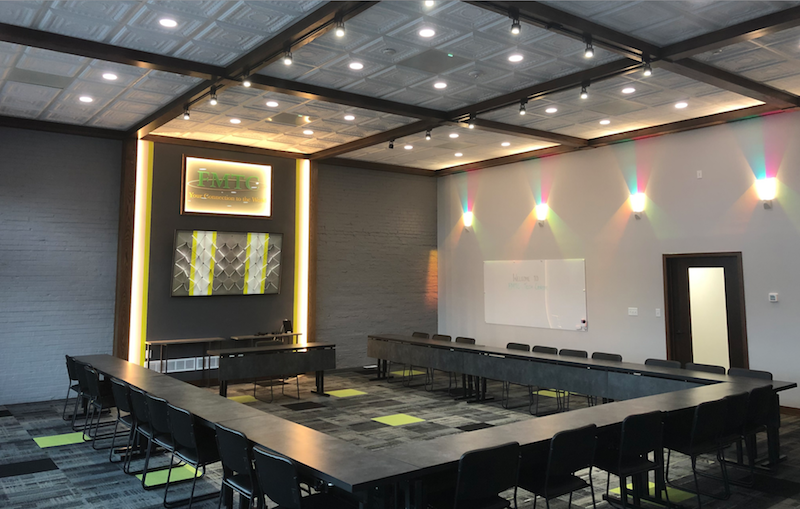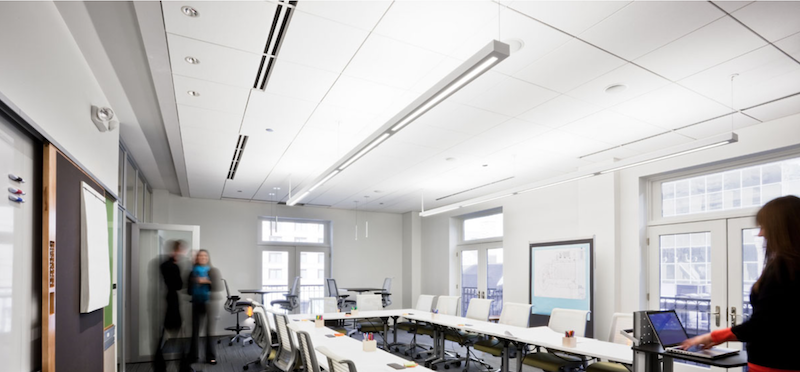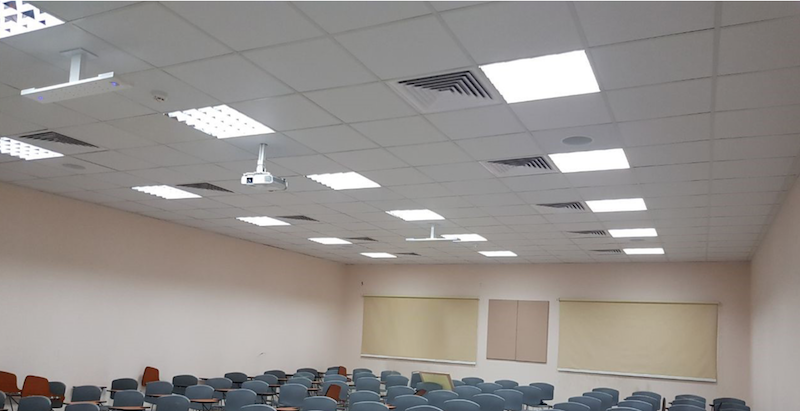How Hybrid Flexible (HyFlex) Rooms Maximize In-Person and Remote Collaboration
Over the past three years, manufacturers have raced to keep integrators and end-users happy as remote collaboration solutions have been relied upon more and more for business and education communication. Organizations were prompted to shift to virtual work and school, and even the most reluctant had no choice but to adopt new ways to remain productive to successfully maintain a higher quality standard for communication and collaboration while working or attending classes from home.
Especially when the COVID-19 pandemic was at its worst, it was essential for businesses and academic institutions to adapt to virtual work environments, and new and innovative solutions made that possible on a global scale.
With much of the world now shifting back to pre-COVID norms, it is clear that professional organizations and academic institutions alike will maintain a permanent form of hybrid work to accommodate many employees who now prefer to work from their top-quality, technologically advanced home offices.
As a result, it’s now essential that all communal meeting and learning spaces contain high-quality AV technology to support a variety of working patterns for in-person and remote attendees. Hybrid Flexible rooms (HyFlex) are the solution, as they are specifically designed to cater to in-person and remote collaboration and are equipped with the technology to support evolving professional cultures.
Modern Technology is Well-Suited for HyFlex
Manufacturers have raised the bar for technology basics such as ultra-fast internet connectivity, innovative video and audio devices, and virtual conferencing platforms, in addition to creating products that support hybrid workers and their ever-changing needs.
Video conferencing and audio capture technologies have never been more in line with the needs of consumers, and there is a large selection of options to fit all needs. Organizations can choose from stationary cameras to 4K PTZ cameras with AI-based people tracking, or tabletop conferencing phones to invisible beamforming microphone arrays designed to look like ceiling tiles.
In addition to microphones, cameras, and digital displays and speakers, digital signal processors (DSPs) are key to any professional-grade solution. DSPs have essential features such as acoustic echo cancellation, noise cancellation, and feedback control to improve audio quality and ensure all remote participants have the same quality experience as those participating in-person.
Manufacturers offer a variety of components that range in sophistication and price to suit the different needs and requirements of any room, but every system must deliver seamless compatibility with all other components and services as well as any future add-ons. This encourages familiarity amongst staff and ensures that the system is easy to use and set up without extensive training and assistance from IT professionals.
HyFlex Rooms Support Remote Workers
HyFlex rooms rely on multiple cameras and microphones in coordination with digital displays and speaker systems to create spaces that can be used for remote collaboration just as easily as for in-person needs. Typically, HyFlex rooms should include at least two cameras, one focusing solely on the speaker and the other capturing the entire space or audience depending on the geography of the room.
By partnering with widely respected manufacturers, integration firms can deliver reliable, comprehensive videoconferencing, and collaboration systems that prioritize seamless compatibility with technology solutions employees utilize at home.
Integrating with a cloud-based AV management software platform can also make HyFlex implementation easier, as doing so enables remote system control and access so issues or changes can be addressed in a timely manner, from any location.
The Future is Flexible
In the coming years, HyFlex rooms are likely to become increasingly popular and manufacturers will be prompted to consistently create updated solutions for spaces used by in-person and remote participants. Businesses and academic institutions have largely accepted hybrid work with open arms, and the ability to easily create HyFlex rooms is a large part of that.
The optimization of space has never been more important and with HyFlex rooms clients can trust that they are making the most of shared spaces by using stylish, unobtrusive technology that allows rooms to easily convert between hybrid and entirely in-person scenarios. Integrators have the exciting opportunity to share new, state-of-the-art conferencing technologies that will improve hybrid communication and significantly increase return on investments and overall user satisfaction.










